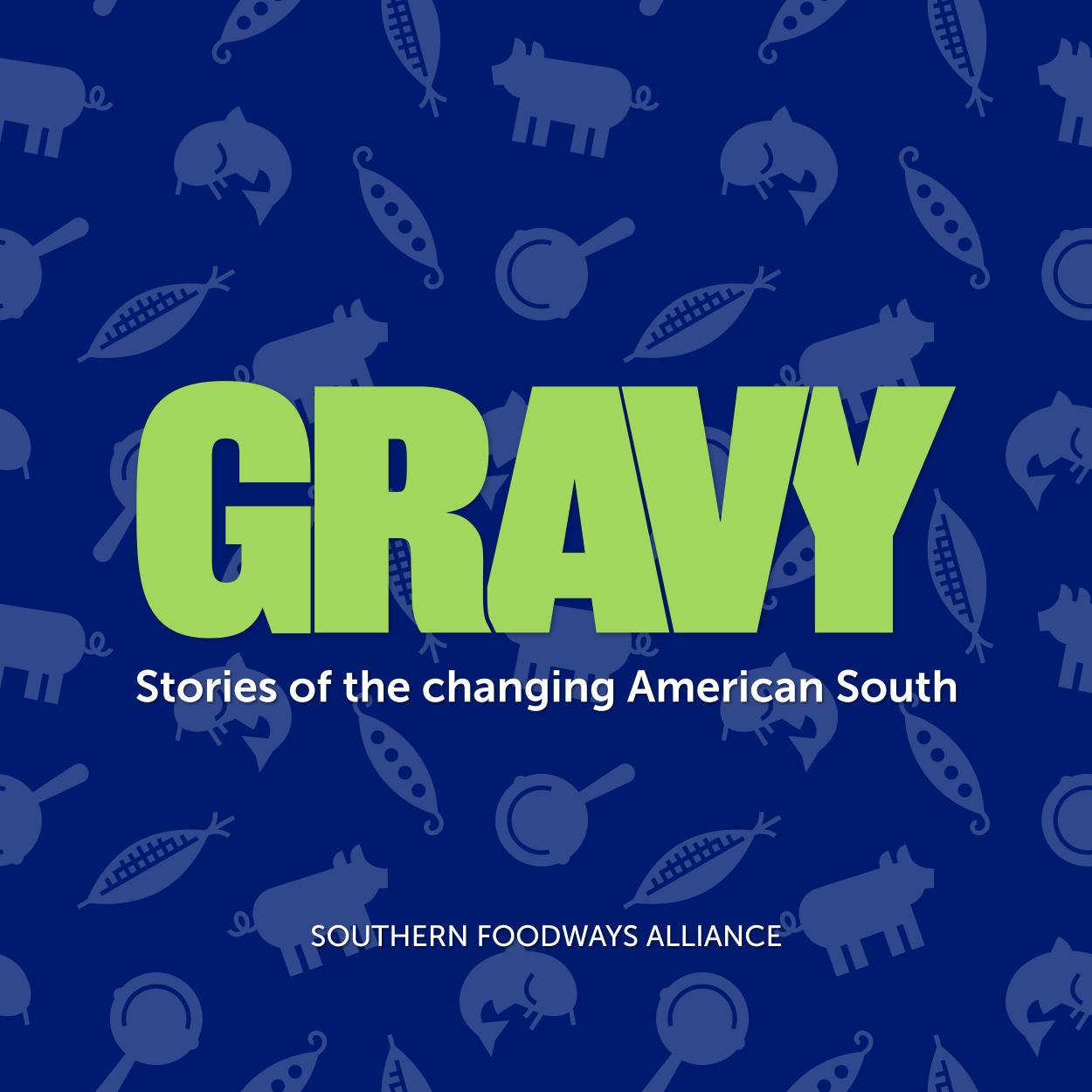In the episode “Catch of the Day: Why Alabama Loves Red Snapper,” Gravy producer Irina Zhorov takes listeners to the fisherman’s paradise of the Gulf of Mexico, where you’ll find tuna, amberjacks, mahi mahi, swordfish, and more. There’s a commercial fishery worth nearly $1 billion annually and the Gulf has the highest level of spending by recreational anglers, which includes charter trips, in the whole country: more than $5 billion annually. One of the most important fish driving this plenty is red snapper.
Gulf red snapper are a bottom-dwelling fish that can live to be 50 years old. When they're older and bigger – they can weigh more than 50 pounds–they can live in the water column. But when they're smaller juveniles they prefer to hang out on reefs or other structures. They've been fished in the area since at least the 1800s. More recently, they've become an important cultural and economic staple in the Gulf, particularly around the Florida panhandle and in Alabama. Why is snapper so important for Alabamians specifically?
The Gulf floor off the coast of Alabama is flat and muddy for many miles out to sea. When anglers fished for snapper in the past, they'd have to find the rare reef or travel far into the Gulf to find the fish. In the 1950s, fishermen started dropping debris, like car hulls and military tanks, into the Gulf to build artificial reefs. In the 1980s, this practice was formalized by the state and federal governments, which established what is now the country's largest artificial reef zone. And the state did something else novel, too. In most places with artificial reef programs, the state or municipality handles the reef building and keeps reefs public. Alabama does this, too, but it also allows regular citizens to go out and drop materials for private artificial reefs. The result has been a massive build-up of reefs in the Gulf off the coast of Alabama. Snapper congregate at the reefs, so catching them is all but guaranteed. The result? A snapper fishing bonanza.
For Gravy, Zhorov tags along with a family in town for a Gulf fishing trip, led by Brian Annan, a charter boat captain who's been building reefs for decades. He says without the reefs he wouldn't have a business. Scientists like Kesley Banks, Sean Powers, and Mark Albins say the reefs are also helping snapper population numbers recover – for years the fish was considered overfished and had unsustainable stock numbers. And for tourists who come to the Gulf to fish, the artificial reefs are just sources of a good time.
Learn more about your ad choices. Visit megaphone.fm/adchoices


 Emissions
Emissions